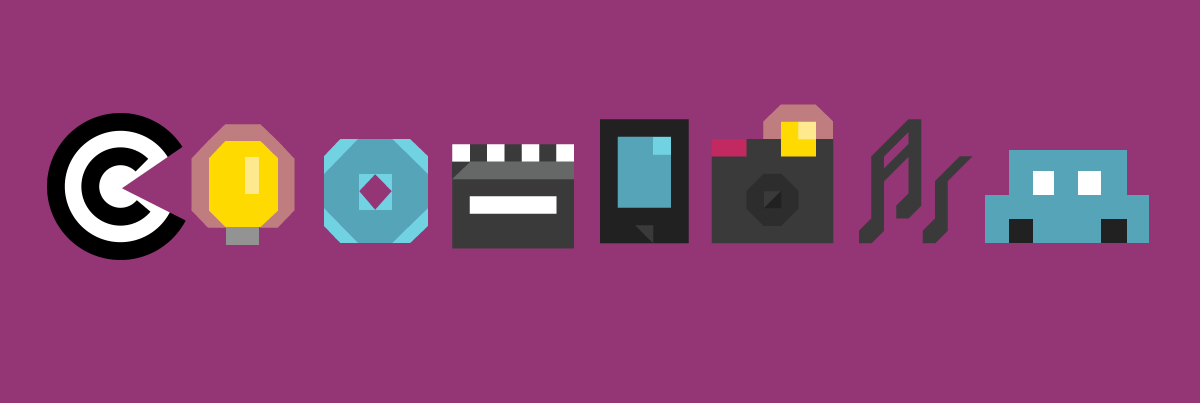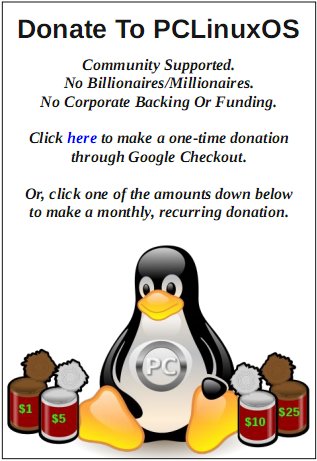| Previous
Page |
PCLinuxOS
Magazine |
PCLinuxOS |
Article List |
Disclaimer |
Next Page |
Fair Use Creep Is A Feature, Not A Bug |
|
by Corynne McSherry  Lawyers, scholars, and activists, including EFF, often highlight Section 512 of the Digital Millennium Copyright Act and Section 230 (originally of the Communications Decency Act) as the legal foundations of the internet. But there's another, much older, doctrine that's at least as important: Fair use, which dates back many decades and is codified in law as Section 107 of the Copyright Act. Fair use is, in essence, the right of the public to use a copyrighted work in a variety of circumstances, without the rightsholder's permission. It's why a reviewer can quote from the book they're reviewing, a parody video can include excerpts from a movie, and security researchers can copy a software program in order to test it for malware. Fair use is essential to the internet for at least two reasons. First, the vast majority of what we do online, from email to texting to viewing images and making TikToks, involves creating, replicating, and/or repurposing copyrighted works. Since copyright is a limited but lengthy monopoly over those works, in theory, using or even viewing them might require a license; now, and for many decades in the future. Second, technological innovation rarely means starting from scratch. Instead, developers build on existing technologies, hopefully improving them. But if the technology in question involves code, it is likely copyrightable. If so, that add-on innovation might require a license from the rightsholder, giving them a veto right on technological development. As digital technologies dramatically (and sometime controversially) expand the reach of copyright, fair use helps ensure that the rights of the public expand as well. Examples abound. In 2021, for example, the Supreme Court held that Google's use of certain Java Application Programming Interfaces (APIs) was a lawful fair use. While we argued that the API's weren't copyrightable in the first place, the decision gave more legal certainty to software developers' common practice of using, reusing, and re-implementing software interfaces written by others, a custom that underlies most of the internet and personal computing technologies we use every day. Or consider Authors' Guild v. Hathitrust, where the Second Circuit Court of Appeals held that fair use sheltered book digitization. Contrary to the complaints of rightsholders, neither decision has discouraged investment in new creativity. Today, fair use is helping to defend the efforts of public interest organizations to share culture, ideas, and knowledge in ways that would never have been possible without the internet. In one case, at stake is the ability of librarians to make decisions about how to curate and lend the books in their collections. In another, at stake is access to the law. In Hachette v. Internet Archive, four of the biggest publishers in the world, are trying to shut down Controlled Digital Lending, which allows people to check out digital copies of books for two weeks or less and only permits patrons to check out as many copies as the Archive and its partner libraries physically own. That means that if the Archive and its partner libraries have only one copy of a book, then only one patron can borrow it at a time. Supported by authors, libraries, and scholars, the Internet Archive has explained that CDL is a lawful fair use that serves copyright's ultimate purpose: enriching our common culture. Through CDL, the Internet Archive is fostering research and learning by helping its patrons access books and by keeping books in circulation when their publishers have lost interest in them. Digital lending also allows patrons to borrow books without having their reading habits tracked by commercial entities, like OverDrive and Amazon, that may not share librarians' traditional commitment to protecting privacy. Perhaps most importantly, it gives librarians the power to curate their own digital collections, just as they curate their physical collections. If the publishers have their way, however, books, like an increasing amount of other copyrighted works, will only be rented, never owned, available subject to the publishers' whim. In ASTM et al v. Public.Resource.Org, three huge industry associations are trying to prevent a tiny nonprofit, Public.Resource.Org, from posting online standards, such as building codes, that have been made into laws. Our laws belong to all of us, and we should be able to find, read, and comment on them free of registration requirements, fees, and other roadblocks. The industry associations insist that because they helped shepherd the volunteers who actually develop those standards, they own and can control access to those laws. As Public Resource explained to a federal appeals court last year, even assuming the standards can be subject to copyright at all, posting them online, for free, to facilitate research and comment, is a quintessential fair use. A lower court has already reached that conclusion, and we expect the appeals court will agree. The lawsuits are ongoing, but these projects, and the benefits they create, might not exist at all if these nonprofits couldn't rely on the fair use doctrine. But even where a use is clearly lawful and fair, efforts to invoke it can be stymied by practical, technical, and legal barriers. Defending fair uses can be expensive. As Professor Larry Lessig once said, "Fair use is the right to hire a lawyer" -- and many of us don't have the resources to do that, nor access to pro bono counsel. What's worse is rightsholders often rely on a combination of contracts, technical measures, and legal constraints to prevent or inhibit fair uses. In the gaming space, for example, vendors require users to agree to contracts that forbid them from using add-on services, and do not hesitate to sue third parties who try to provide those services. They put digital locks on games to prevent efforts to remix or even just preserve games for posterity. And if anyone breaks those digital locks, even for otherwise lawful reason, they may face a legal claim under Section 1201 of the DMCA. But this problem goes far beyond traditional creative industries. Manufacturers of everything from medical devices to tractors use the same tactics to prevent independent repair and competitive innovation that are otherwise protected fair uses. As technology creeps into every facet of our lives, right holders will continue to look to copyright to jealously guard their legacy position as gatekeepers. Fortunately for the public, fair use has likewise grown to protect the original purpose of copyright: to encourage forward progress. And no matter what Hollywood or John Deere tells you, that's a feature, not a bug. |


